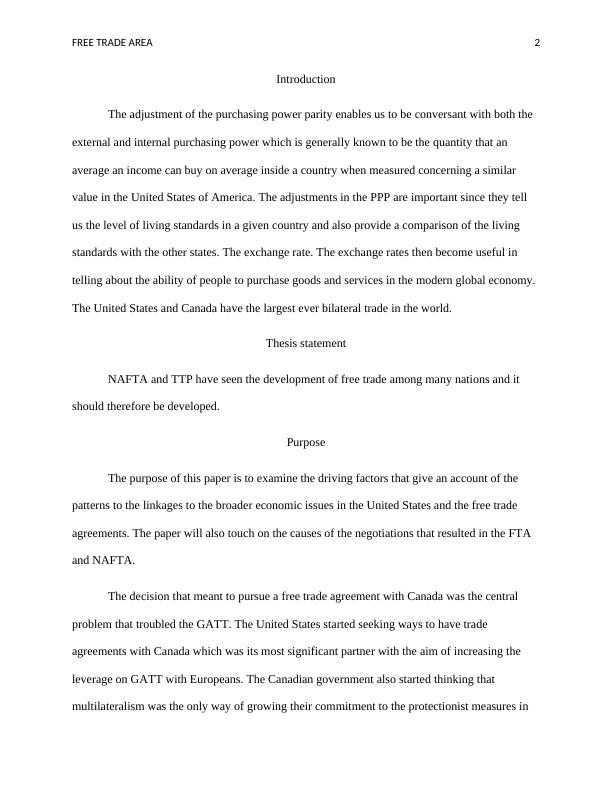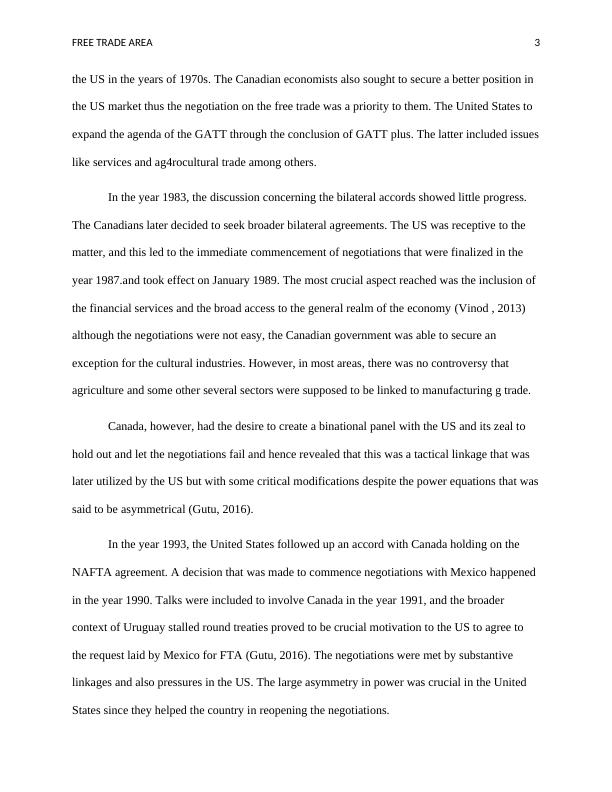NAFTA: Driving Factors and Linkages to Broader Economic Issues
7 Pages1454 Words341 Views
Added on 2023-06-07
About This Document
This paper examines the driving factors that give an account of the patterns to the linkages to the broader economic issues in the United States and the free trade agreements. The paper will also touch on the causes of the negotiations that resulted in the FTA and NAFTA.
NAFTA: Driving Factors and Linkages to Broader Economic Issues
Added on 2023-06-07
ShareRelated Documents
End of preview
Want to access all the pages? Upload your documents or become a member.
Benefits of NAFTA (The North American Free Trade Agreement)
|4
|636
|50
Report on NAFTA Negotiations
|3
|661
|85
Theory and Methods for A Level Sociology
|4
|533
|18
The North American Free Trade Agreement (NAFTA) | Assignment
|3
|508
|534
Renegotiation of NAFTA/USMCA and its impact on Automobile Industry
|13
|3578
|36
The Consequences of Cancelling Bilateral Trade Agreements
|14
|4248
|106



